Bojana Cokíc
Zajecar, Serbia
Childhood is an important time of learning and development. Play is the work of childhood, affecting sensorimotor, cognitive, emotional, moral, and social development.1 Children have always played.3 Throughout history, children’s games have changed with the social environment. In past centuries, children’s play began in the evening, on the street, after girls had helped their mothers and grandmothers in the house, and boys had assisted their fathers and grandfathers in taking care of the property (Figure 1).
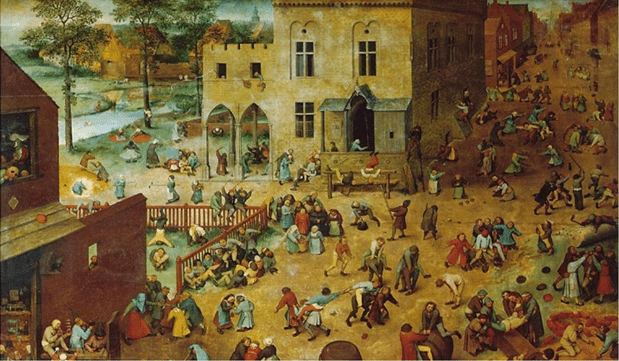
Pieter Brueghel the Elder (1525-1569), Flemish
Children Playing
The Kunsthistorisches Museum, Vienna, Austria
Archaeologists have found toys such as containers and small animals made of bronze and lead in the excavations of ancient cities (Figure 2 and 3). The modern concept of a toy dates from the middle of the sixteenth century. In the seventeenth century, children’s play and toys began to be recognized as means of education.
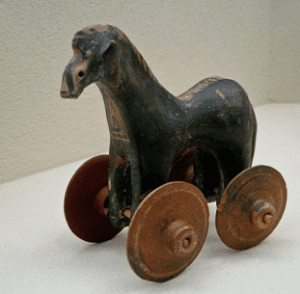
Little horse on wheels,
Ancient Greek children’s toy.
From a tomb dating 950–900 BCE
Kerameikos Archaeological
Museum, Athens
Photo by Sharon Mollerus on Flickr,
via Wikimedia. CC BY 2.0.
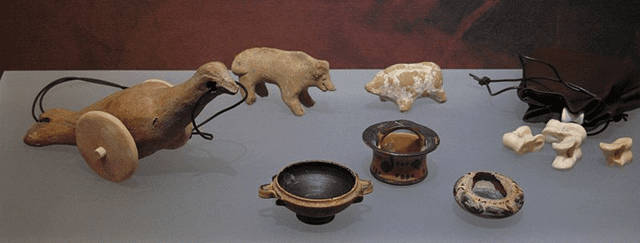
Ancient Toys
Cycladic Art Museum, Athens, Greece.
Photo by Tilemahos Efthimiadis on Flickr. CC BY 2.0.
Modern play often involves technology and limited physical activity. Research is examining the effect this type of play may have on today’s children, who may not participate in the same type of play that has been shown to be beneficial to development throughout history.2,4,5
The importance of childhood and play should be recognized. Michel de Montaigne (1533-1592) once stated, ”It should be noted that children at play are not playing about; their games should be seen as their most serious-minded activity.” Child’s play has been memorialized in celebrated works of art through the years.
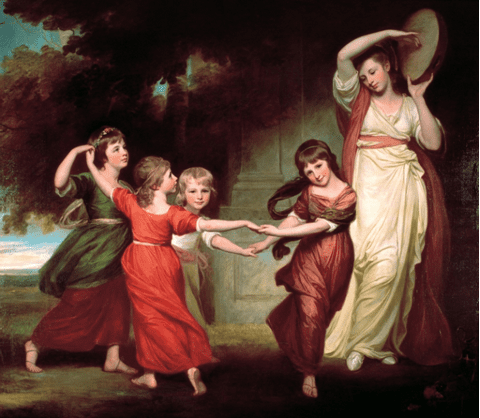
The Gower Family: The five youngest children of the 2nd Earl Gower
Hall Art Gallery, Canada
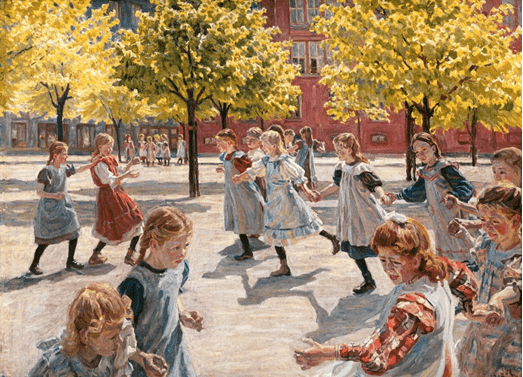
Playing Children, Enghave Square
The National Gallery of Denmark
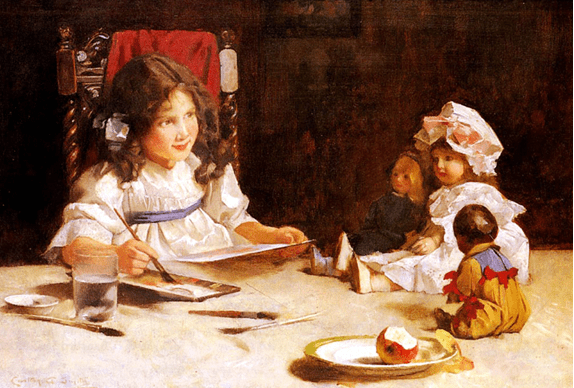
Portrait of a Doll
The Art Renewal Center, New Jersey
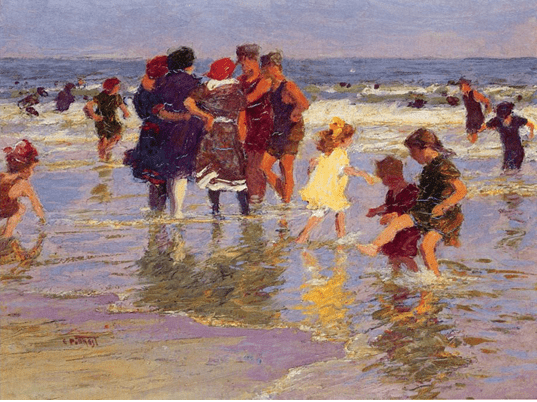
Happy Days
Art Museum of Western Virginia
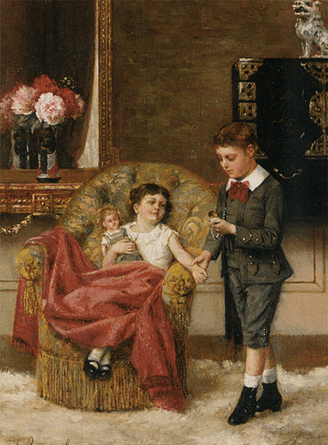
The Young Doctor
Private collection
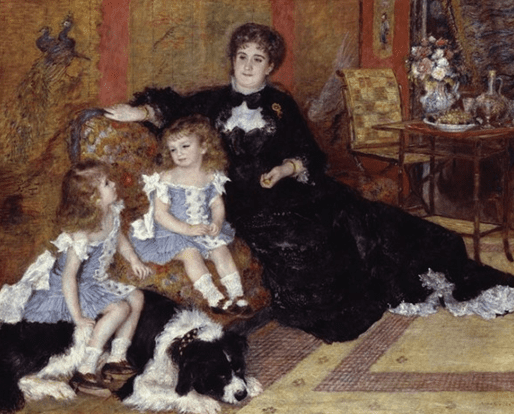
MMe. Charpentier and Her Children
Metropolitan Museum of Art
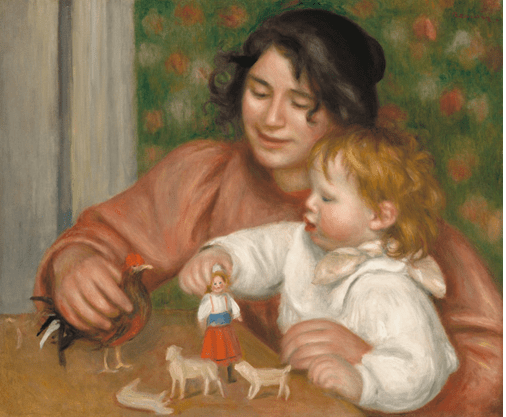
Child with Toys – Gabrielle and the Artist’s Son, Jean.National Gallery of Art, Collection of Mr. and Mrs. Paul Mellon
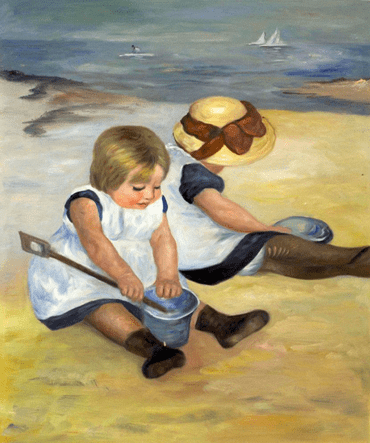
Children Playing on the Beach
National Gallery of Art, Washington
References:
- Nelson Textbook of Pediatrics, 2-Volume Set, 20th Edition, PART II, Growth, Development, and Behavior.
- Alastair Sooke Art Critic: How childhood came to fascinate artists, 1 April 2016.
- Tom Baranowski PhD et al. Playing for Real: Video Games and Stories for Health-Related Behavior Change. American Journal of Preventive Medicine, Volume 34, Issue 1, January 2008, Pages 74-82.
- Children’s paintings by Donald Zolan, Decembar 11, 2011.
- Mary Cassatt, painter. A look at Mother and Child, March 29, 2018.
BOJANA COKIĆ, MD, is a pediatrician at Children’s Hospital in Zajecar, Serbia, where she was been Head of Department Pediatrics from 1986 to 2004 and Head of the Neonatology Service since 2007. She graduated from the Faculty of Medicine, University of Belgrade in 1981, where she completed her residency in pediatrics in 1989. Her specialization is in clinical genetics; in 1992 she introduced a registry in Zajecar for congenital anomalies and in 2009, she established the Association for Down Syndrome in Zajecar. She has published about sixty papers.

Leave a Reply